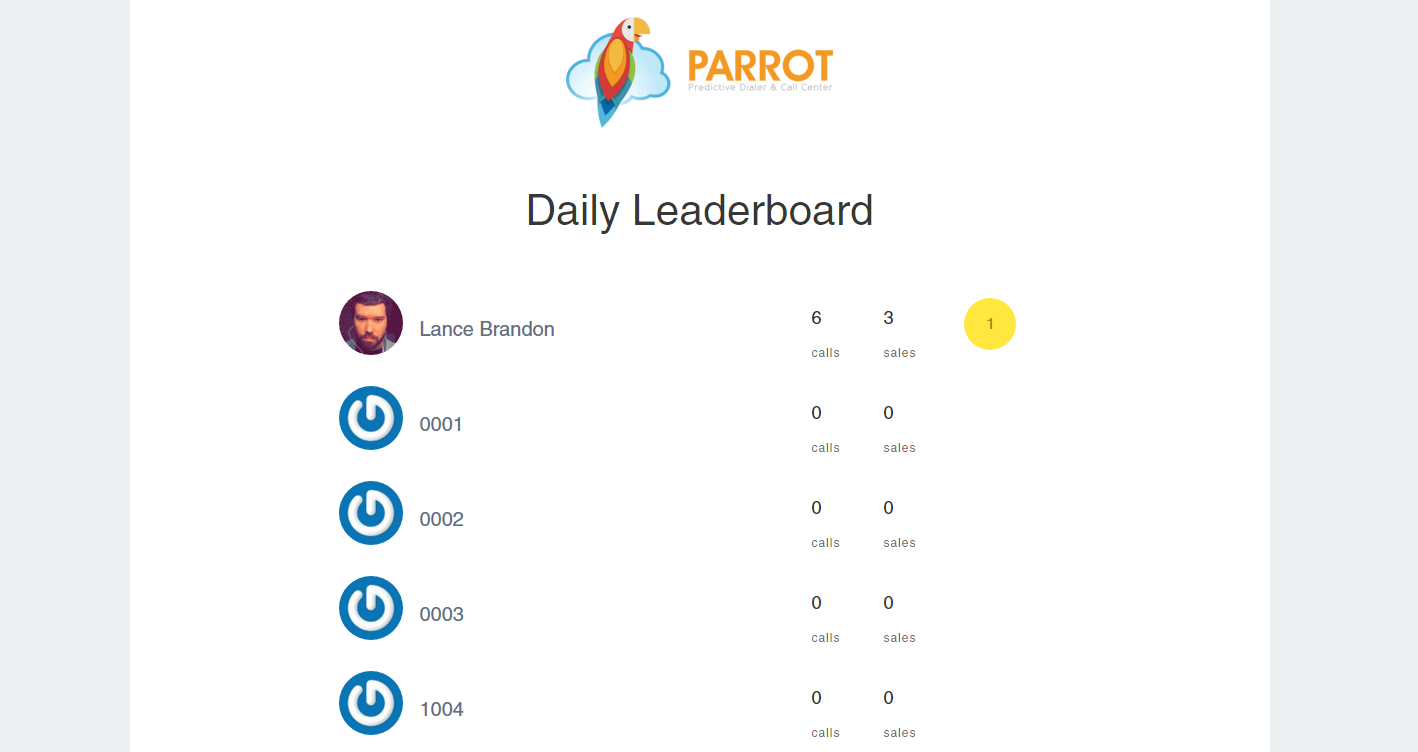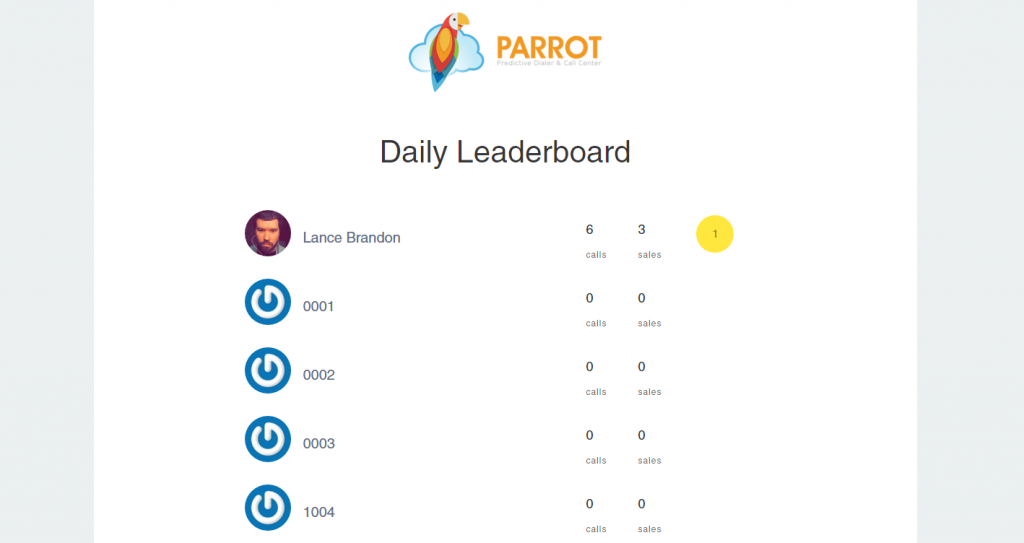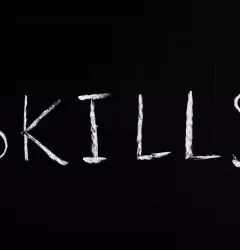13 Apr


Mouse Trap
Some people enjoy their job(s), and some don’t. That’s understandable. My first job was working at an arcade of sorts – that also served pizza to snotty-nosed kids who were still in the “learning phase” of how to behave appropriately in a public setting. The trouble was that this arcade at which I worked touted itself in television commercials as being a place where “a kid can be a kid,” so nearly every child entered the building with a predisposition that they could act like wild animals – which is fair enough, considering they were surrounded by adults dressed in animal suits. Yeah. Can you guess where I worked? I was hired to be “the mouse,” the star of the show himself, Chuck E. Cheese.

I had just turned sixteen and wanted to be the only person in the 10th grade with a car. For that to happen I needed money so I threw myself out into the real world – and landed in an uncomfortably hot and fuzzy rat suit. Oh, did I mention I was required to dance? Yep. I danced a few times a week. As Chuck E. Cheese himself, I busted a move and “got jiggy with it” in the gigantic showroom where I was required (“forced” is a better term) to spin, jump around, and entertain kids for their birthday parties.
I was a cool Mustang-driving road warrior by day, but a dancing rodent after school and on the weekends. Did I actually want to do that job? Not really. I had some dignity (that evaporated as soon as I put on the mouse’s “head” portion of the costume to complete the ensemble). Don’t get me wrong – it was a funny job and made me laugh a lot because of the sheer ridiculousness of what I did to make money. But it also had its perks: free pizza and my friends from school would come by to hang out and watch their goofy friend twirl around whilst maintaining a solid use of “jazz hands.”
Luckily, I wasn’t the only employee who had to wear the suit. That duty was gladly shared with two other teenage co-workers, and our manager was smart enough to throw in an extra perk for doing the job we did to keep us motivated. At the end of every month, she would collect “showroom reviews” the children’s parents filled out and reward the “best Chuck E. Cheese” with a $50 gift certificate. Needless to say, our alacrity kicked up a few notches, especially because this was a time when minimum wage was just above the $5 mark.
We each wanted to win the gift certificate. Work suddenly wasn’t work anymore but rather a fun, competitive game. Therefore, the three of us “mouse impersonators” oozed (more like sweated) more enthusiasm on stage and ultimately gave better performances. The incentive our boss gave us not only made us happier employees but it improved the business overall as it led to more showroom reservations and pizza sales.
If you’ve learned anything from this nothing-short-of-embarrassing anecdote, it should be this:
Not everyone likes their job, but almost everyone likes games – especially those with prizes. So, if you can somehow transform your employees’ typical workday into a friendly competition, the greater likelihood your agents will strive to do their job well and even better than before. Your work environment and business profits will improve, too. So, make a “job to work” a “game to play” instead. This is especially good advice for those who manage call centers because keeping employee satisfaction high is important to the growth of your business.
Call centers suffer from one of the highest employee turnover rates compared to other industries. Making cold calls or answering the phone as a front-line representative of a company is often exhausting, repetitive and boring. Disengaged call center agents will have more than just a negative effect on themselves, but also on company morale which leads to decreases in customer satisfaction and overall company financial health. How do you keep call center agents motivated with a repetitive job that easily can become less than engaging? Gamification might be the solution.
Gamification is the application of typical elements of gameplay, such as a point system or rules of play, to influence and motivate competitive behaviors and activities and to provide a way of skill measurement. Gamification is a great place to drive employee engagement because it appeals to people’s inherent desire for self-satisfaction, achievement, and self-expression.
Gamification in the Call Center
Call centers can use gamification to reward improvements in productivity for certain individual call center metrics, such as:
- Number of sales or appointments set by an agent
- Speed of call resolution
- Customer-reported satisfaction
- Number of calls taken per hour
- Lowering average call handling time by a certain percentage
- Resolving customer issues without escalation
Having an efficient tracking system in place is key to viewing those results. Ideally with the use of call center gamification, agents can be influenced to achieve a higher level of performance without sacrificing call quality and customer satisfaction. The goals set must be clearly communicated and consistent for all employees.
Not only can gamification be used to lower employee turnover, it also can be used for training purposes and collaboration. Employee onboarding is an expensive process and it takes a certain amount of time to train an effective new employee. Gamification can add incentives to increase the motivation to learn and add ‘levels’ to the training process. Having a leaderboard shows who the most successful agents are for other agents, both new and current, to glean advice from.
How Can Gamification Go Wrong?
A big flaw in gamification is that it will not be right for every agent. Not everyone fulfills their need for self-satisfaction, achievement, and self-expression in a competitive manner. As a supervisor, gamification should be part of your arsenal of many ways to motivate your agents, but understand that every agent is different.
Gamification will also suffer from too lofty goals. While it is nice to have a goal to work towards, an unachievable goal will end up being demotivating. Gamification can lose its intrigue over time without updating goals and without adding personalization, transparency, and immediate feedback.
Cloud Call Center & Call Center Gamification
The Parrot Cloud Call Center leaderboard shows all agents and ranks them daily based on sales made or appointments set. It even includes their picture. The leaderboard helps motivate agents and can add another incentive like contests for the winners each day with prizes. The Parrot also includes various kinds of reports, including several different agents’ reports that makes tracking and analyzing your agents’ results easy.

Conclusion
One of the biggest difficulties of managing a call center is keeping employee satisfaction high which in turn keeps employee turnover low. Using call center gamification adds game-like elements for agents to draw motivation from to support employee onboarding, engagement and retention. One can also drive collaboration by encouraging top performing agents to share success stories. Gamification offers an effective way to keep employees happy through intrinsic and extrinsic motivation which in turn will lead to your agents producing better results in the most important metric-customer satisfaction. However it is not an end-all solution for employee motivation and instead should used as one of your many different motivators.
Interested in how our Cloud Contact Center fits in with your company? Try our free demo today.
Recent Posts
Categories
- answering service (8)
- blog (8)
- call center (67)
- sales (45)
- tas (1)
- technology (3)
- telemarketing (1)
- Uncategorized (3)
Archives
- January 2025
- April 2022
- March 2022
- February 2022
- January 2022
- December 2021
- November 2021
- October 2021
- September 2021
- August 2021
- May 2021
- April 2021
- March 2021
- February 2021
- January 2021
- December 2020
- November 2020
- October 2020
- December 2019
- November 2019
- September 2019
- August 2019
- July 2019
- June 2019
- May 2019
- April 2019
- February 2019
- March 2018
- January 2018
- November 2017
- October 2017
- September 2017
- August 2017
- June 2017
- May 2017
- September 2016
- June 2016
- May 2016
- April 2016
- March 2016
- February 2016
- January 2016
- December 2015
- September 2015
- June 2015
- May 2015
- April 2015
- March 2015
- December 2014
- November 2014
- October 2014








